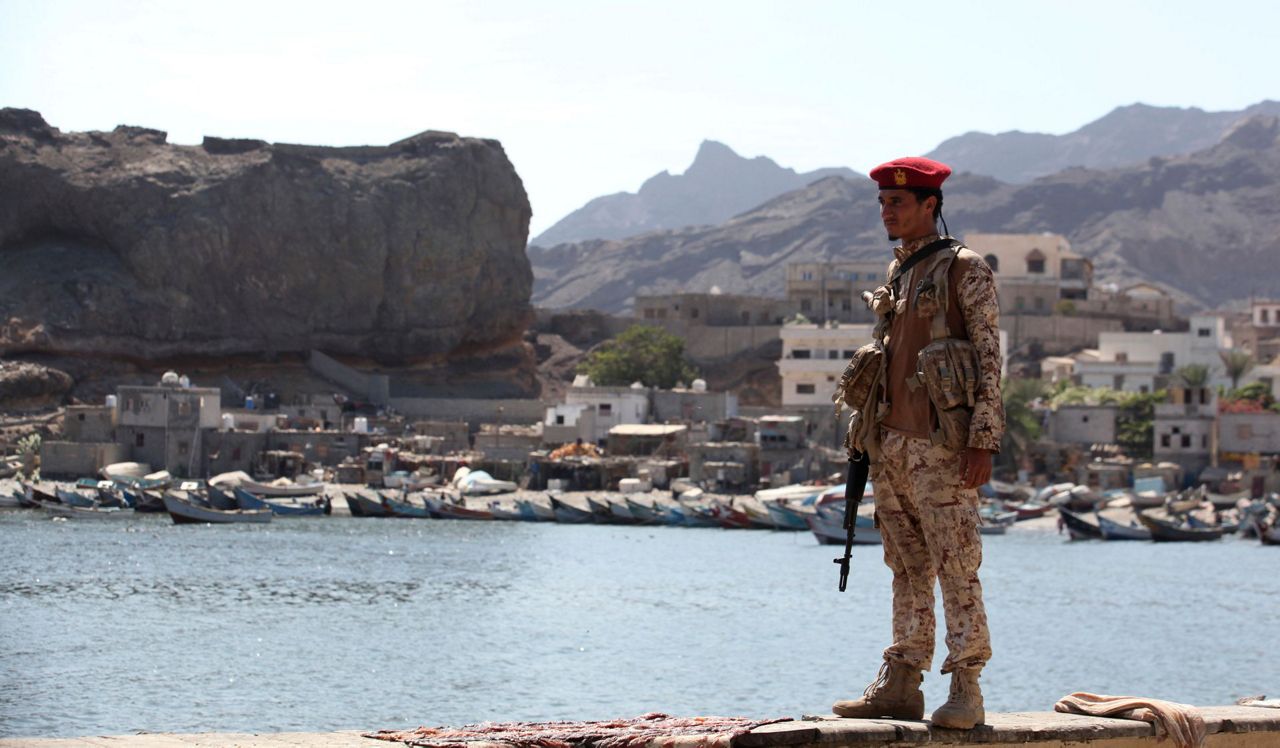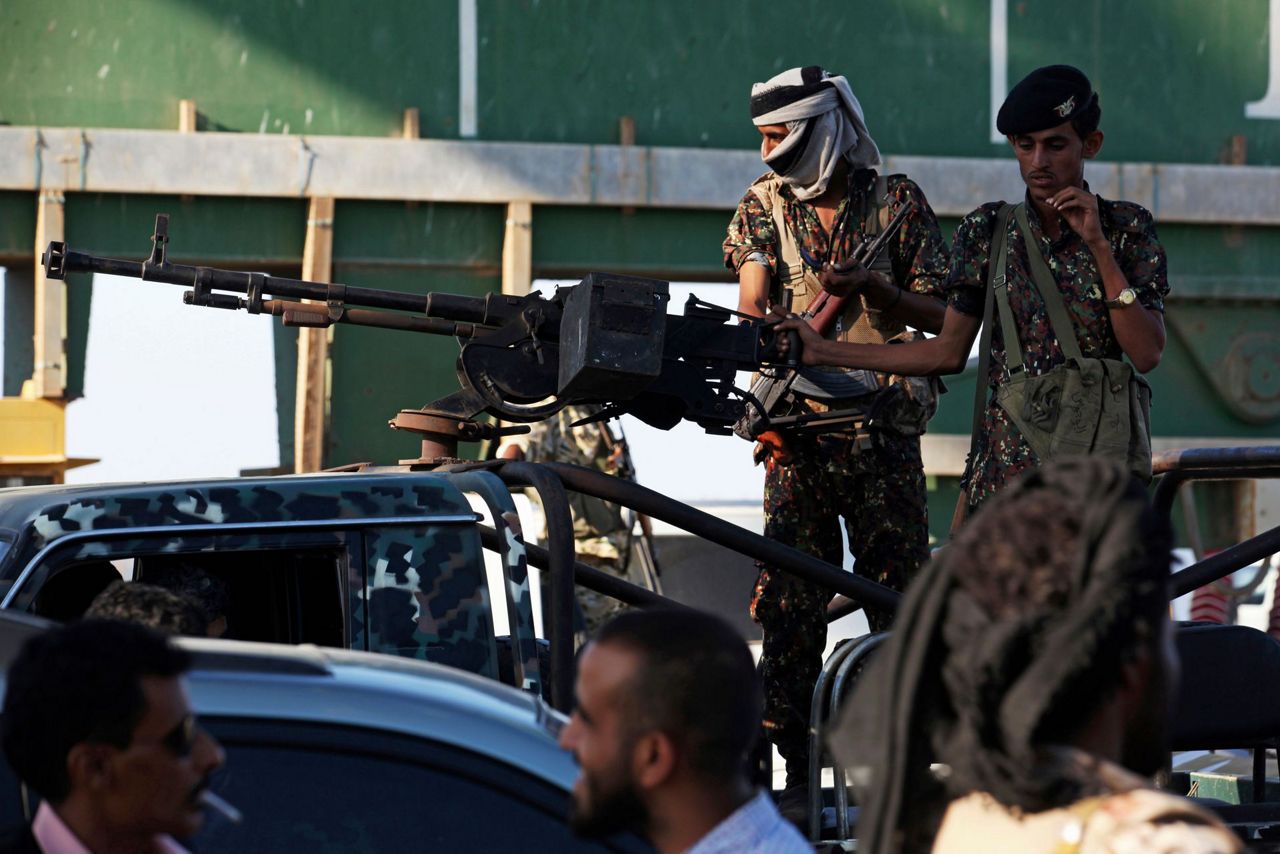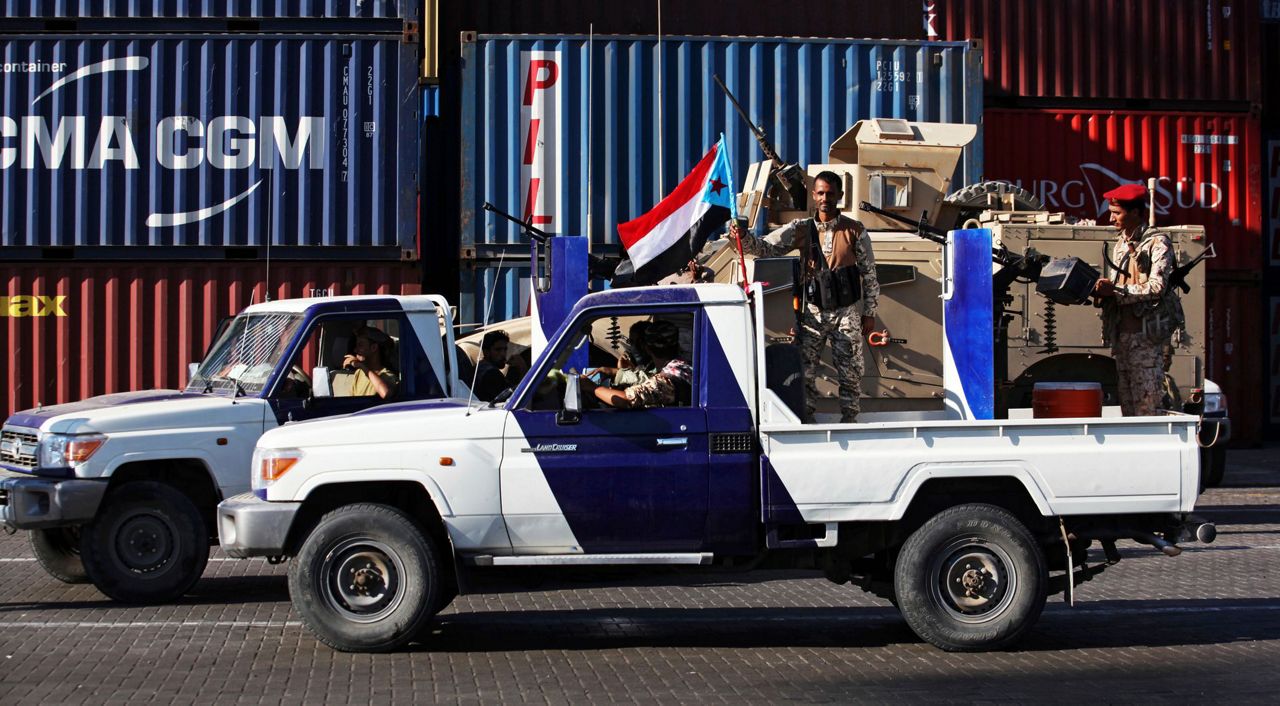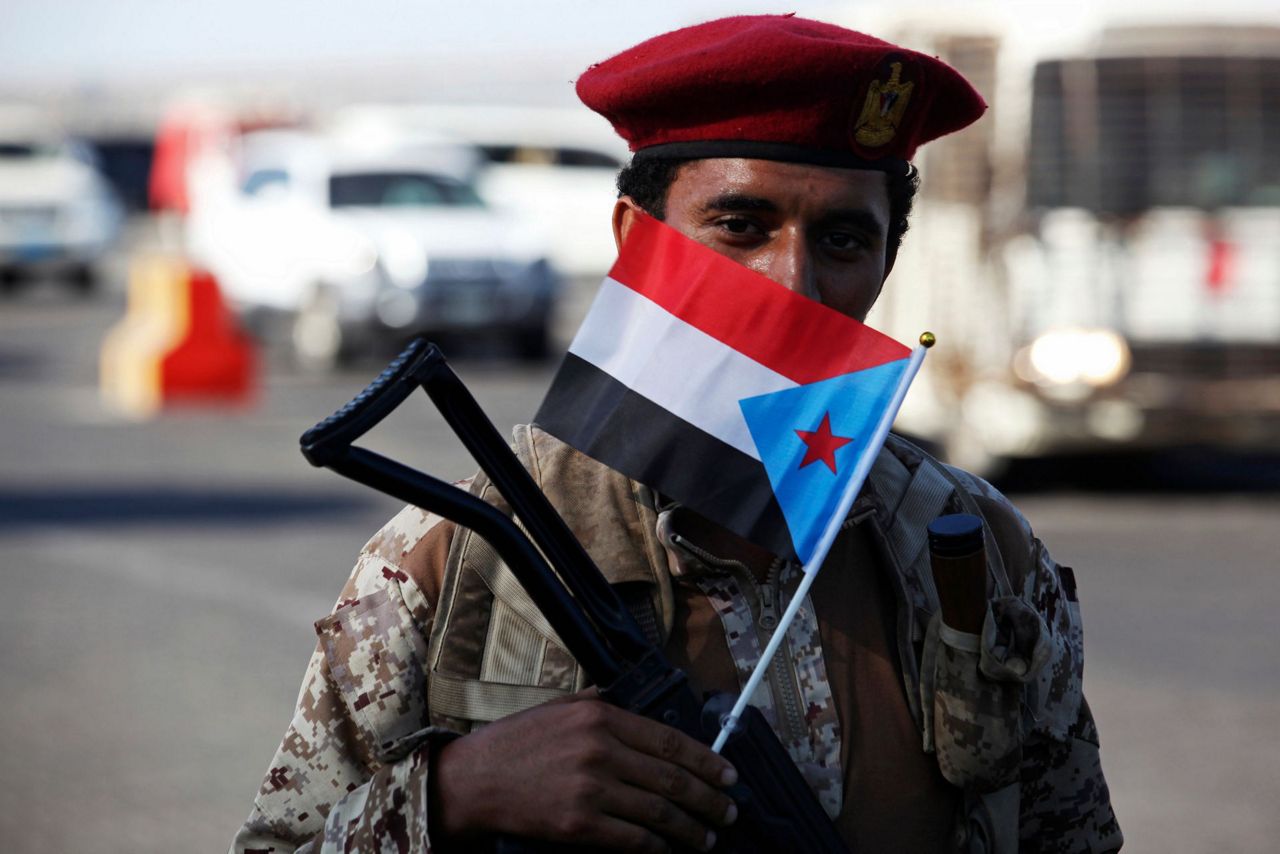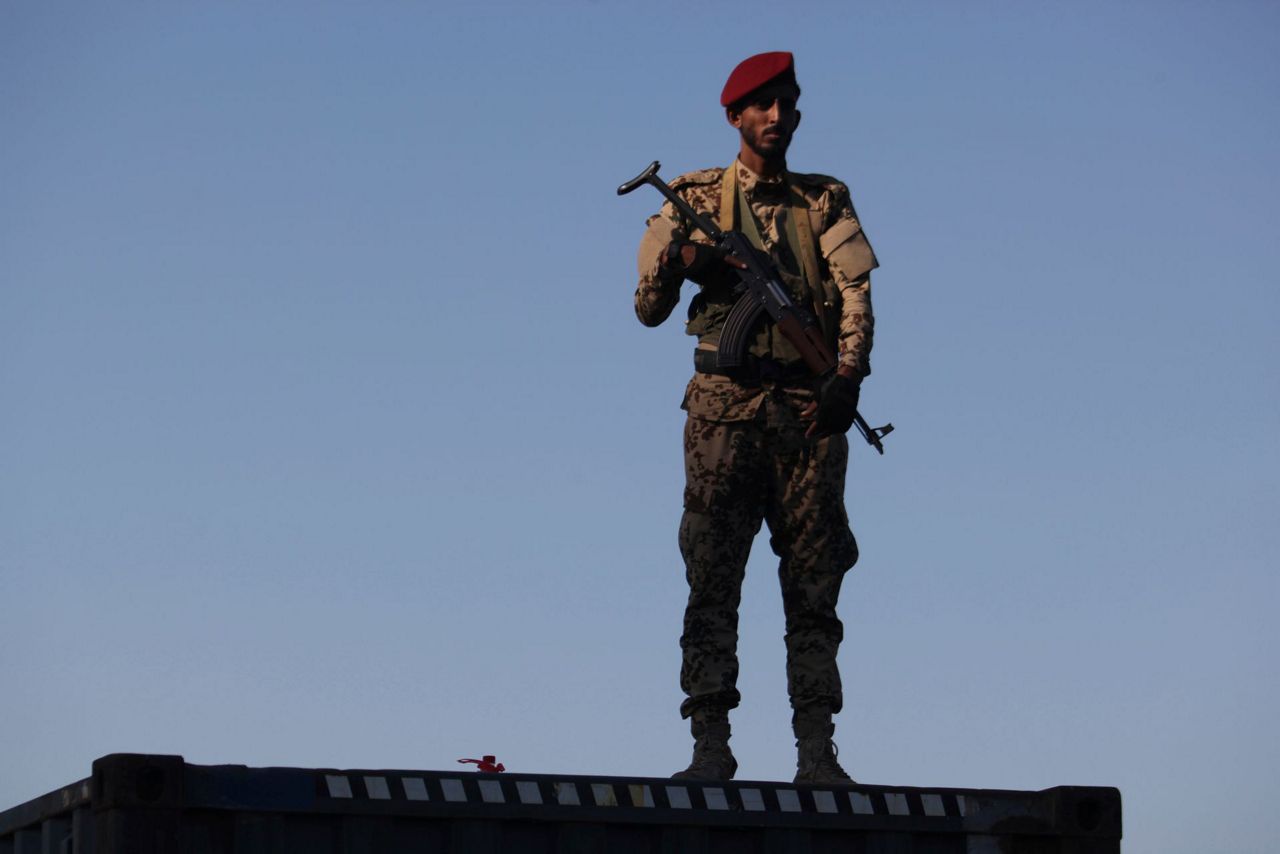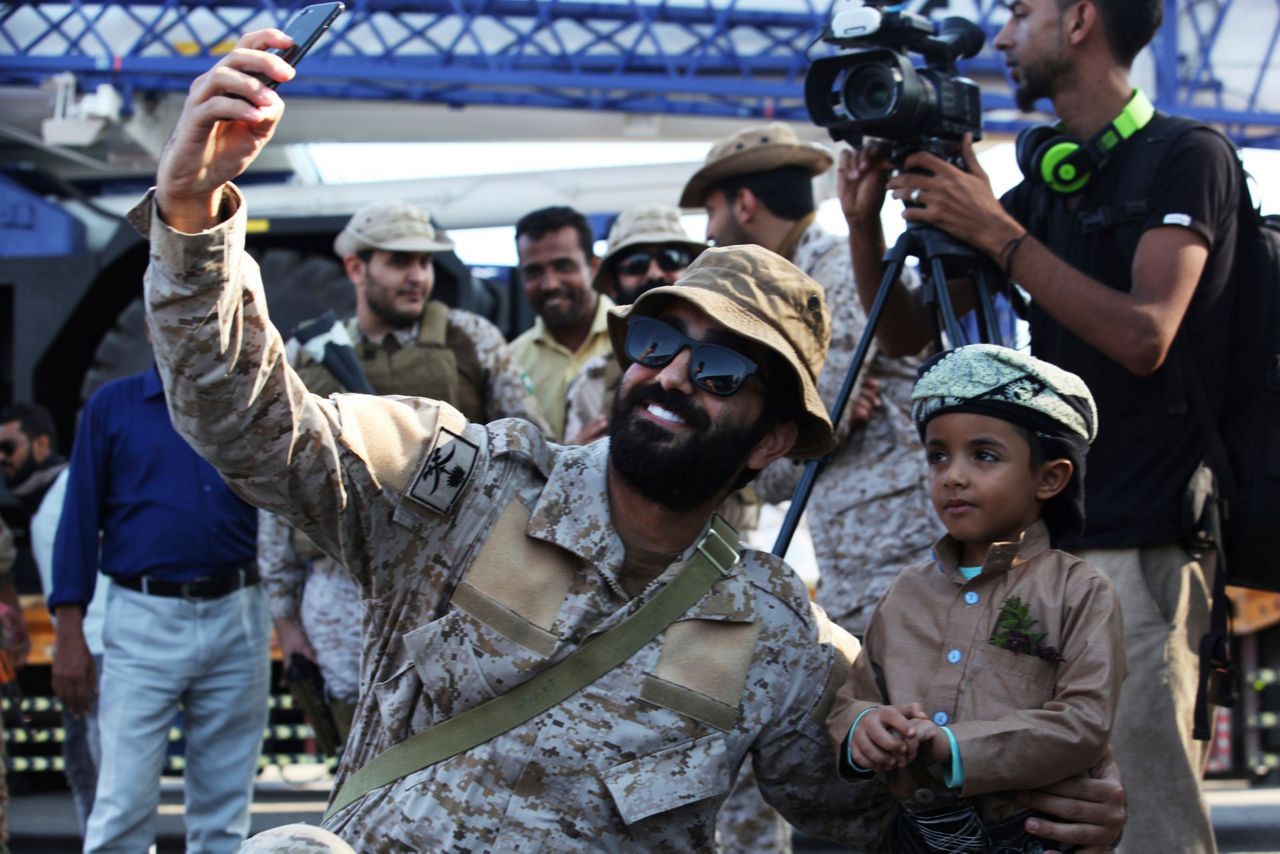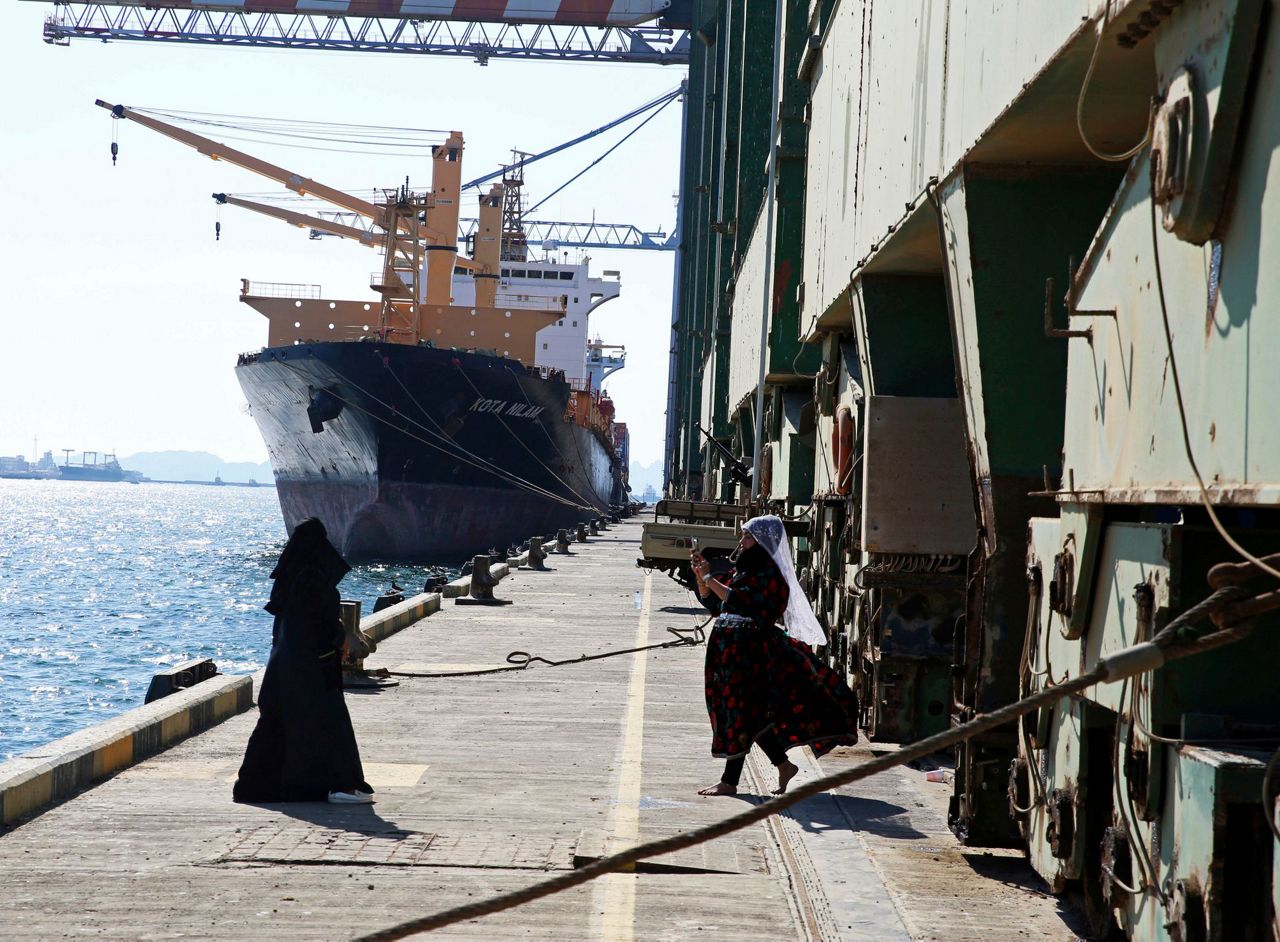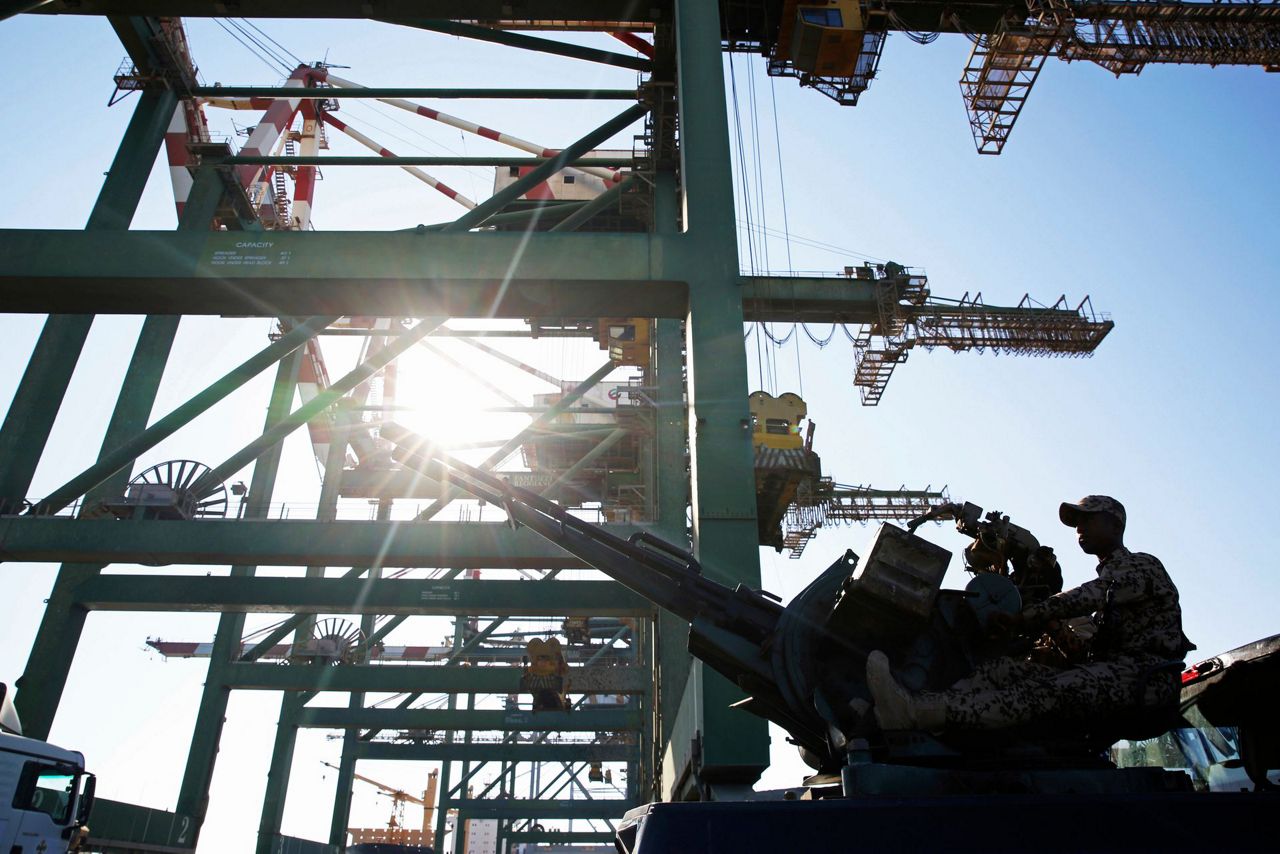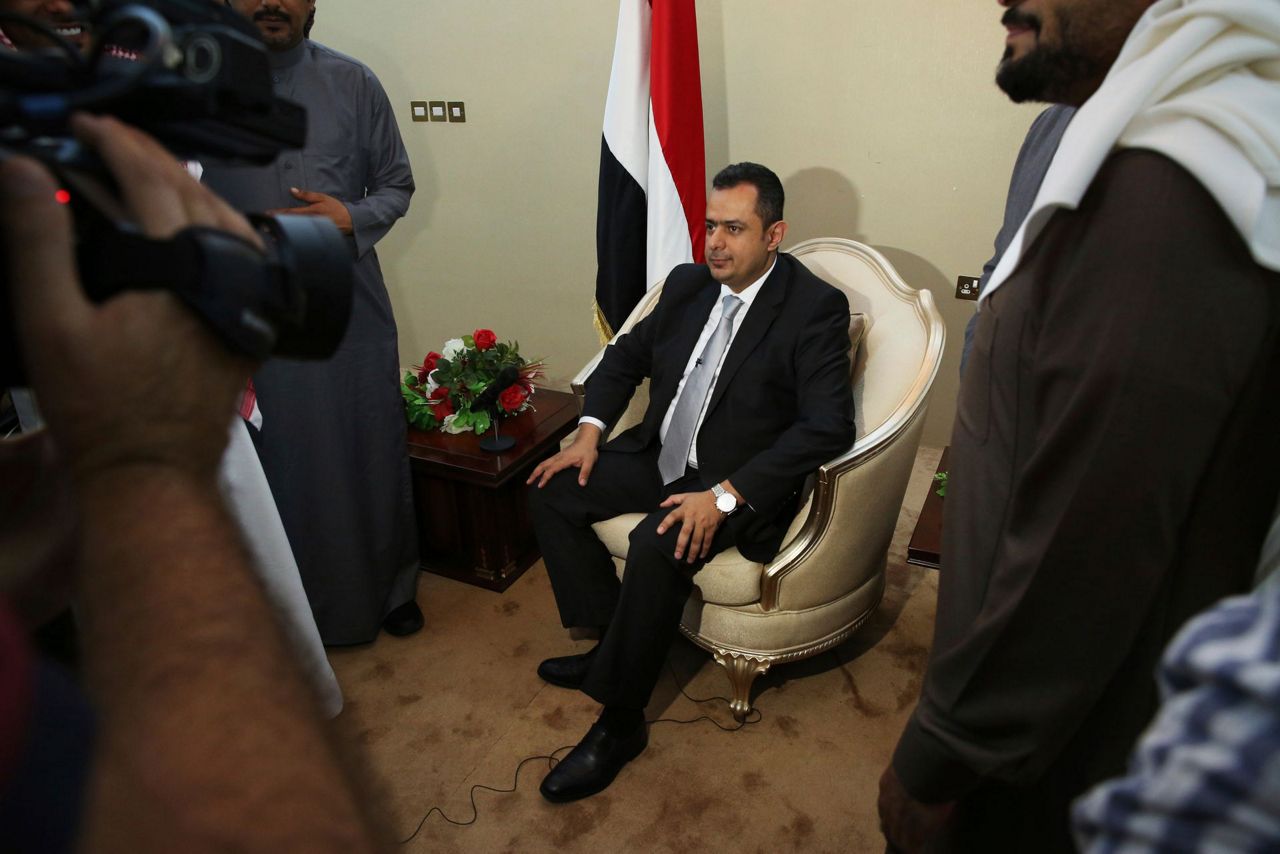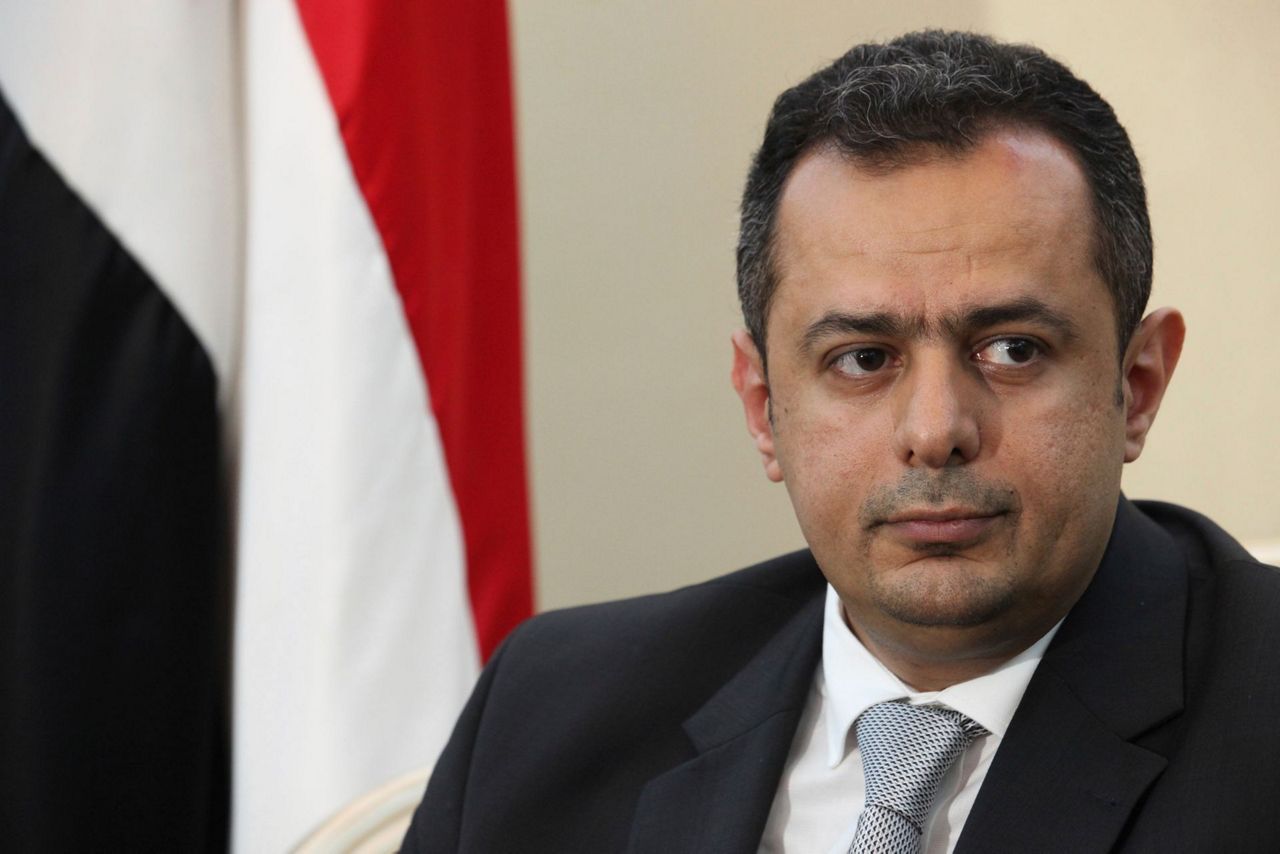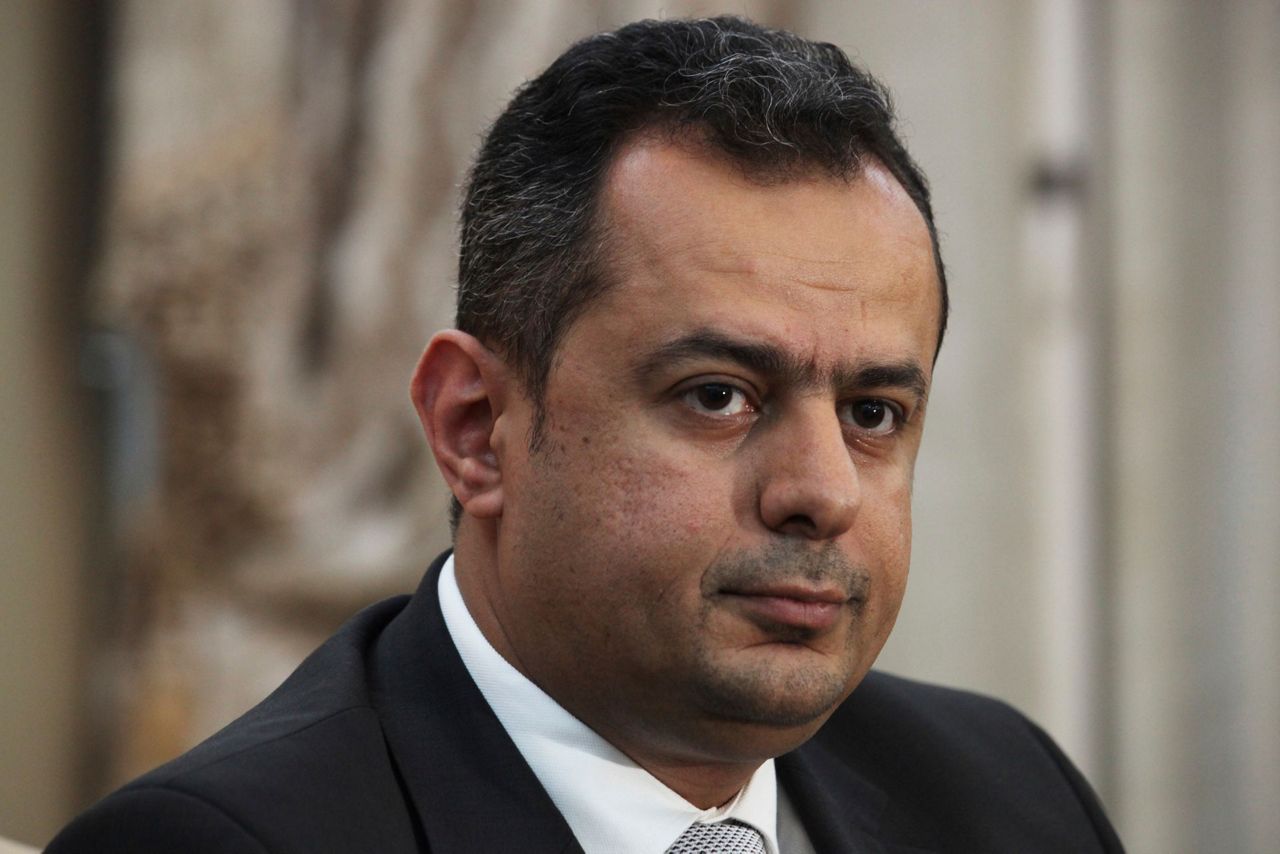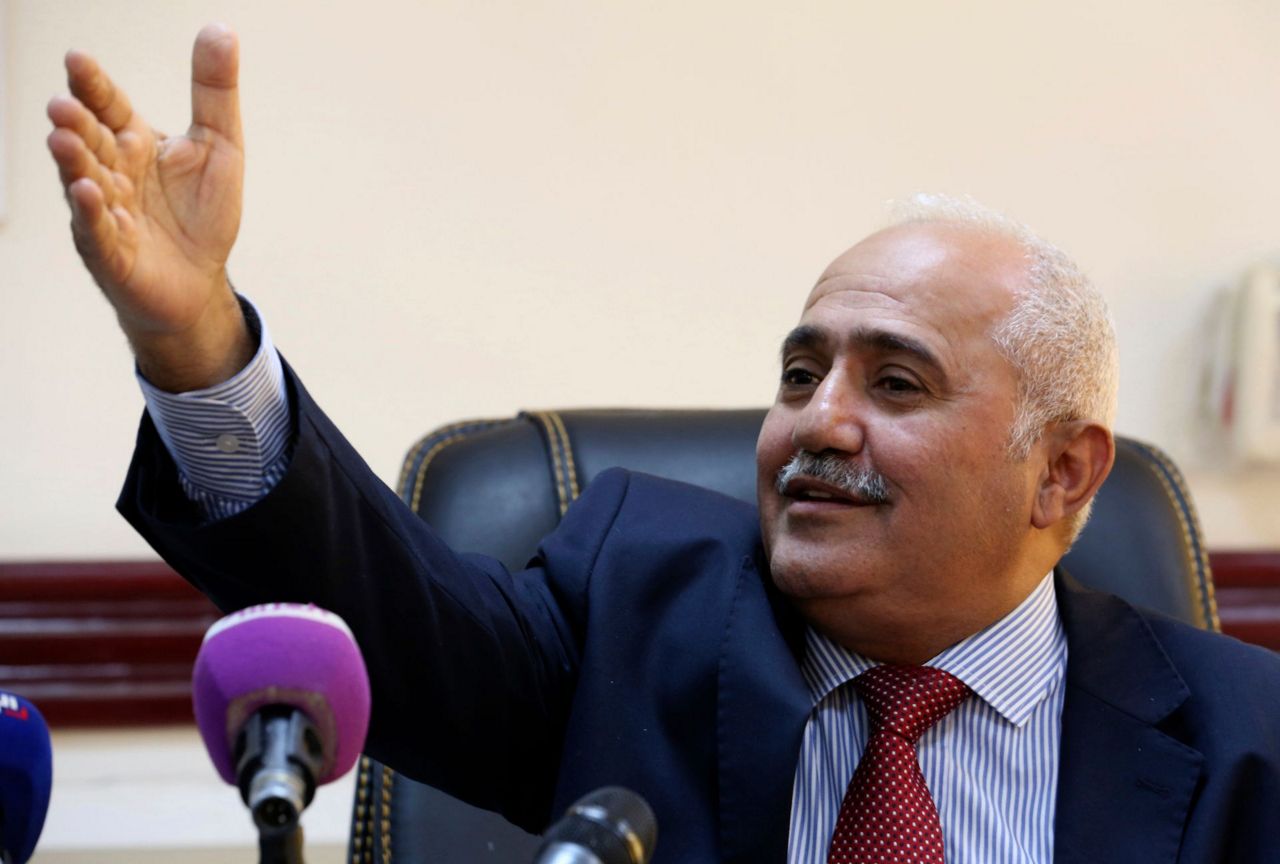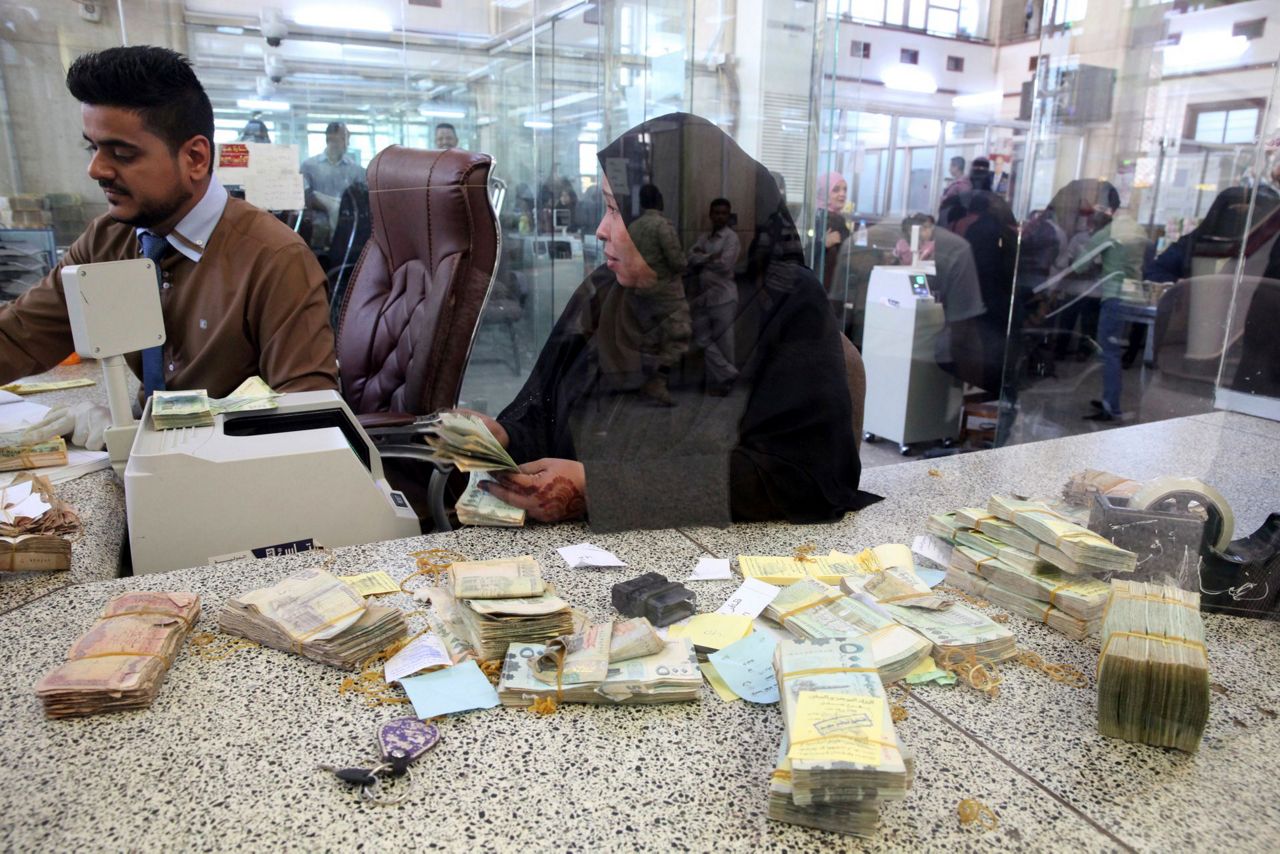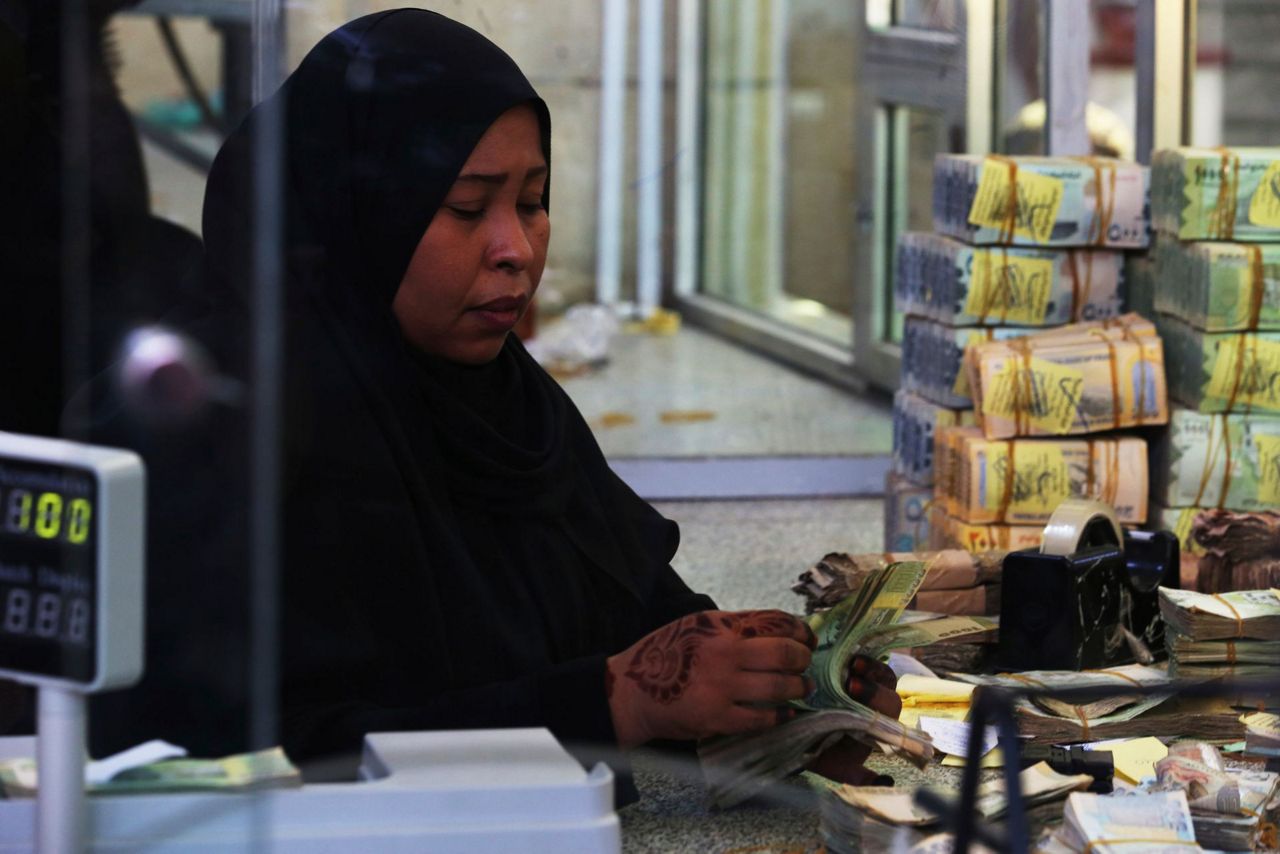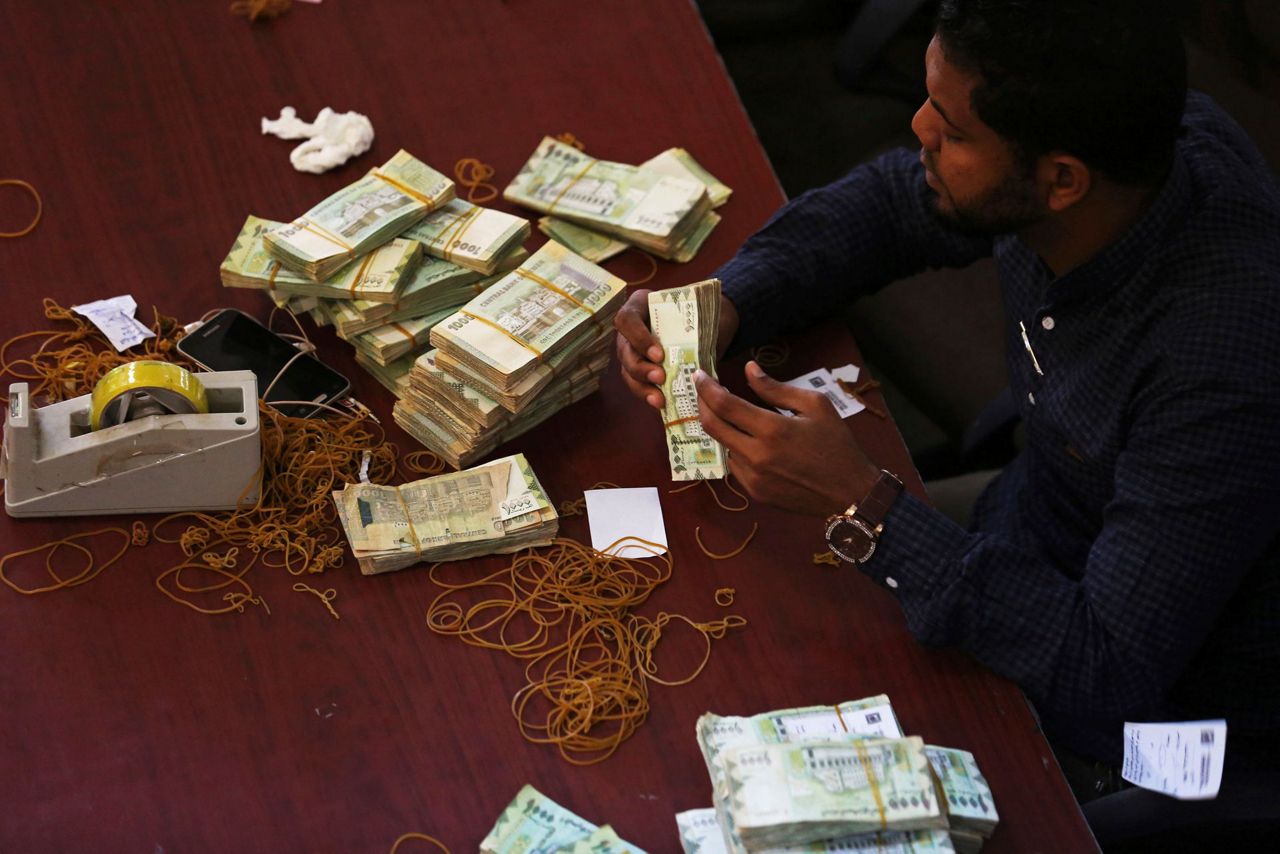ADEN, Yemen (AP) — Yemen's government nearly saw itself pushed into the sea by advancing rebels here three years ago. Now the port city of Aden shows the challenges that will likely still plague the nation following any potential peace agreement.
Bursts of heavy machine gun fire still punctuates the nights in Aden, now the seat of the internationally recognized government, a city marked with war-shattered buildings and questions over what an end to Yemen's conflict might mean for a region where secessionist flags appear to fly everywhere.
As a round of peace talks in Sweden ended Thursday between the government and Houthi rebels, foreign journalists on a tour organized by the Saudi-led military coalition saw a city needing huge sums of money and aid. A Central Bank official spoke of a hoped-for infusion of $3 billion by Kuwait and the United Arab Emirates, underscoring the long road ahead for the Arab world's poorest country as U.S. lawmakers grow increasingly uneasy about America's role in the conflict.
"The road ahead is extremely difficult," said Adam Baron, a Yemen analyst at the European Council on Foreign Relations and the Washington-based think tank New America. "Security issues remain extremely perilous in the city of Aden, the economy remains in deep trouble and the currency continues to fluctuate."
Yemen, the southern undercarriage of the Arabian Peninsula also home to oil-rich Saudi Arabia and the Dubai skyscrapers of the United Arab Emirates, was torn by decades of warfare prior to this current conflict.
Rebels known as Houthis stormed into the capital, Sanaa, in September 2014 and later seized power from the country's internationally recognized government.
The Houthis, an armed group of followers of the Zaidi sect of Shiite Islam, pushed government forces south and almost entirely out of Aden before Saudi and Emirati forces backed by other nations like the U.S. launched a war against them in March 2015. They still hold Sanaa and surrounding areas in Yemen's north.
More than 60,000 people have been killed in Yemen's war since 2016, according to the U.S.-based Armed Conflict Location & Event Data Project, or ACLED, which tracks the conflict. The fighting has also displaced 2 million others, spawned a cholera epidemic and pushed the country to the brink of famine as emaciated children die of malnutrition. Millions wake up hungry each day, not knowing from where their next meal will come.
On the surface, life appears to be humming on in Aden. Fishermen secure their catches in the sun-soaked waters of the Gulf of Aden. Cashiers thump through giant wads of cash at the Central Bank.
But Yemen's currency, though making recent gains, has heavily depreciated in the war. Government salaries, a major economic driver, dried up for those in Houthi-controlled areas.
"We need international support in the upcoming year to fill the gap and allow us to pay salaries to Yemeni citizens," said Maeen Abdulmalik Saeed, the prime minister of Yemen's internationally recognized government. "Supporting Yemen's economy will largely impact the humanitarian situation in Yemen."
Saudi Arabia has deposited billions into Yemen's Central Bank to support the country. Officials hope another $3 billion soon will come from Kuwait and the UAE, said Shokeib Hobeishy, the deputy head of Central Bank.
He also said he hoped the country would be able to once again export oil for international sales.
"Oil exports used to amount to 76 percent of the country's income," Hobeishy said. "This is one of the main reasons that we stress the importance of resuming Yemen's capability to export oil."
Yet Western fatigue with the Saudi-led war is growing. The killing and dismemberment of Washington Post journalist Jamal Khashoggi at the kingdom's consulate in Istanbul, allegedly by members of Crown Prince Mohammed bin Salman's royal entourage, has fueled the anger of U.S. lawmakers. Already, the U.S. refueling of Saudi warplanes has stopped after months of indiscriminate airstrikes on hospitals and markets, killing civilians.
Saeed, Yemen's prime minister, invoked the regional threat from Iran as a reason America needed to remain involved in the conflict, something earlier echoed on a trip last month to Yemen by U.S. Ambassador Matthew Tueller. United Nations experts, Western nations and analysts say Iran supplies the Houthis with weapons ranging from assault rifles up to the ballistic missiles the rebels can now fire deeply into Saudi Arabia to target its capital, Riyadh. Iran denies arming the rebels.
"Yemen's security and the stability of the region is the most important thing right now," Saeed said. "The United States' decision should take into account what Iran is doing in the region and the role it plays in Yemen."
Peace talks over ending the war wrapped up Thursday in Rimbo, Sweden, with the warring sides agreeing to a cease-fire in the strategic port city of Hodeida, where fighting has disrupted vital aid deliveries for the entire country, and a withdrawal of combatants from the city's front lines. The agreement is considered an important first step toward further talks in January aimed at drawing down the stalemated conflict.
However, more conflicts lurk just beneath the war. Throughout Aden, murals bore the flag of the former Communist South Yemen. Even soldiers escorting foreign journalists in Aden flew the tricolor red, white and black flag, its light blue chevron and red star flapping in the wind.
"It's quite clear that many Southern secessionists are now empowered; the key moving forward is going to be the solution to the southern issue," said Baron, the Yemen analyst. "Yemen will not have any sort of wider-range stability until the southern issue is dealt with in some form, and I think that's something obvious that you can't ignore if you're walking or driving through the streets of Aden."
___
Follow Jon Gambrell on Twitter at www.twitter.com/jongambrellap . Follow Malak Harb at www.twitter.com/malakharb .
Copyright 2018 The Associated Press. All rights reserved. This material may not be published, broadcast, rewritten or redistributed.



